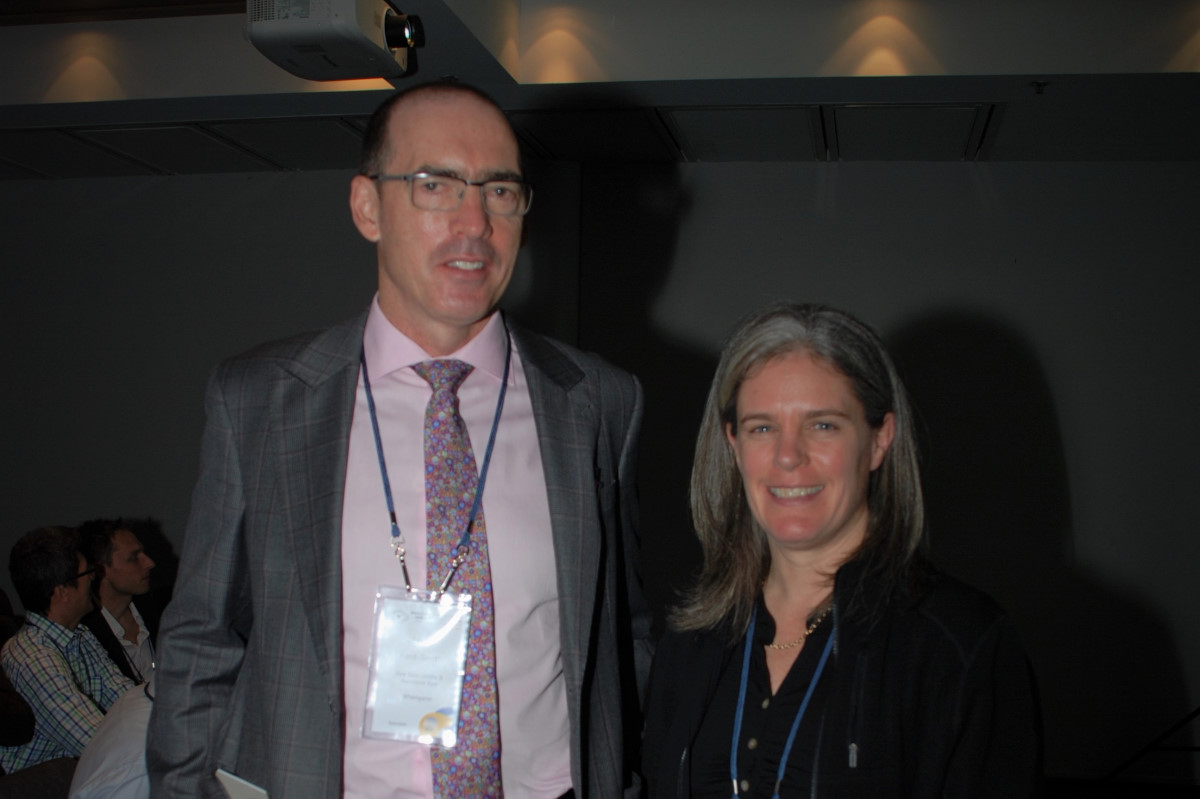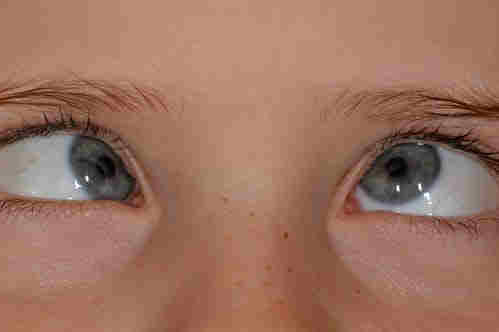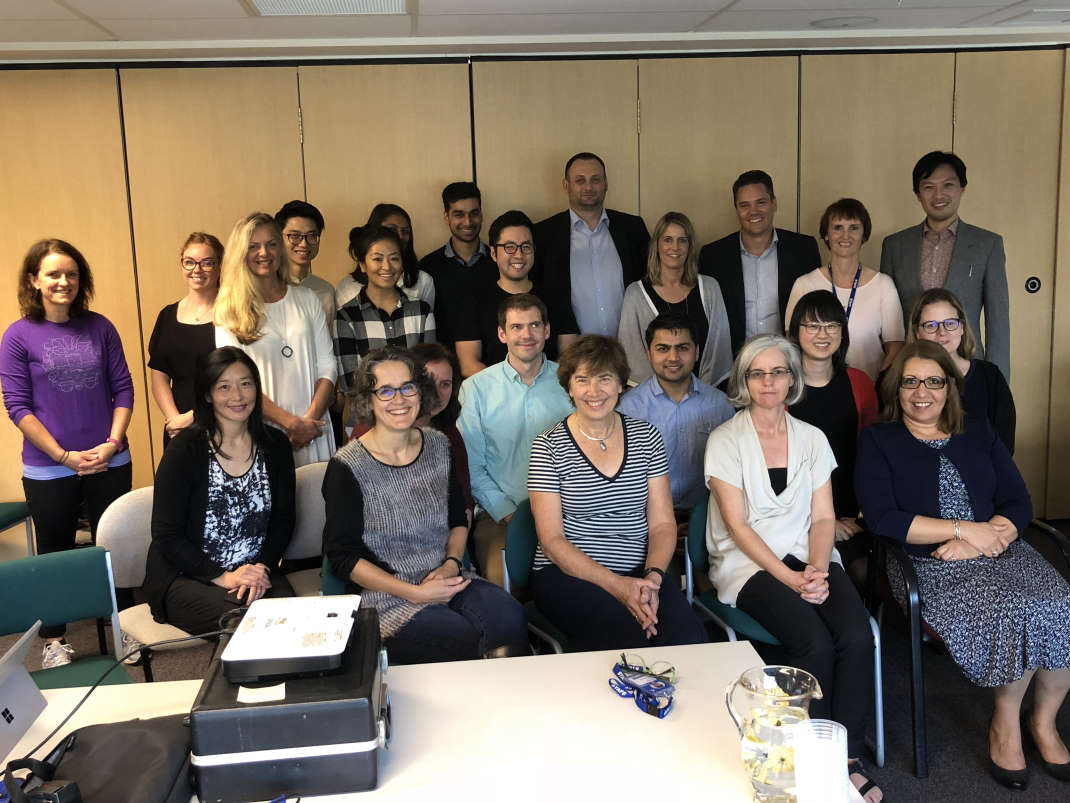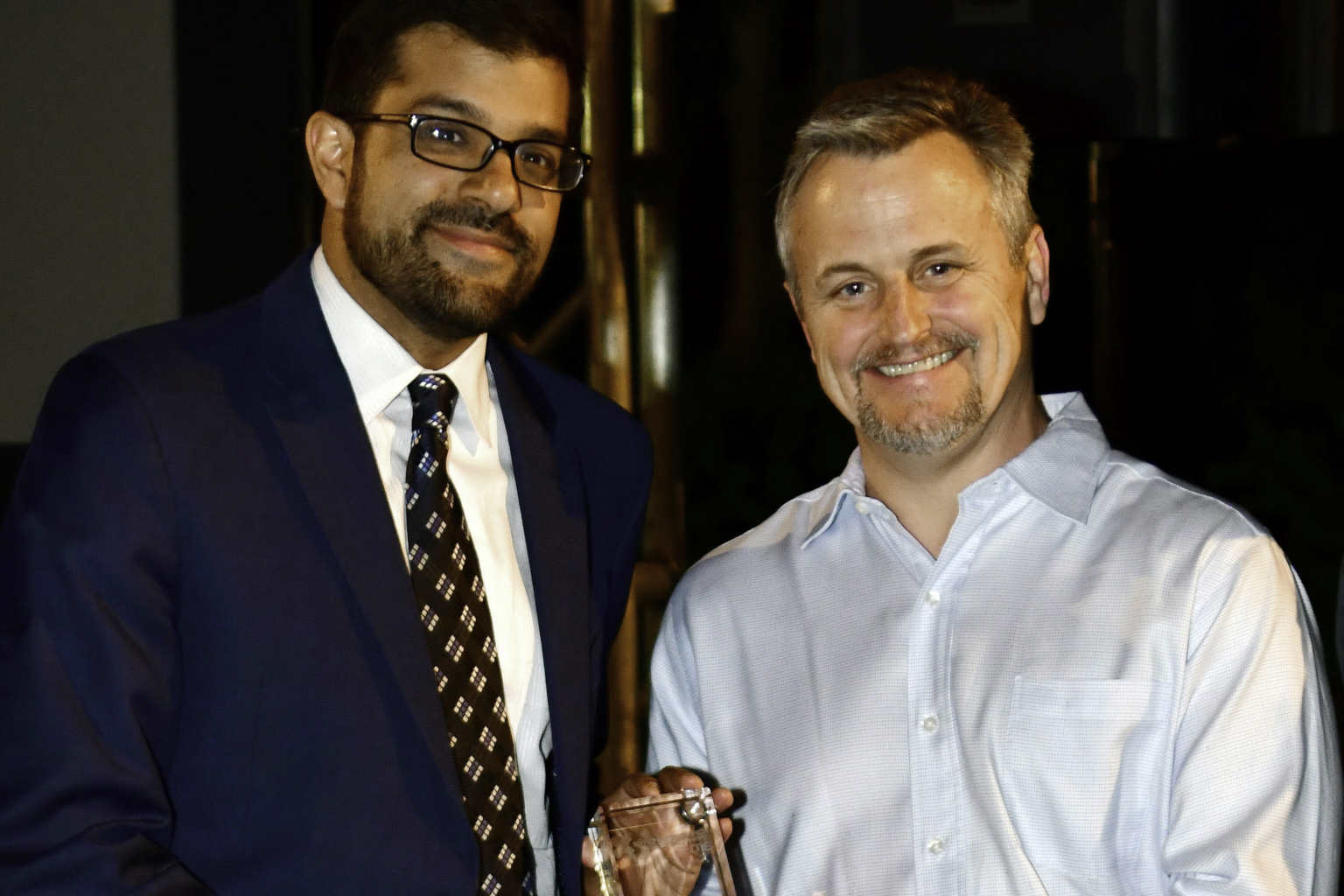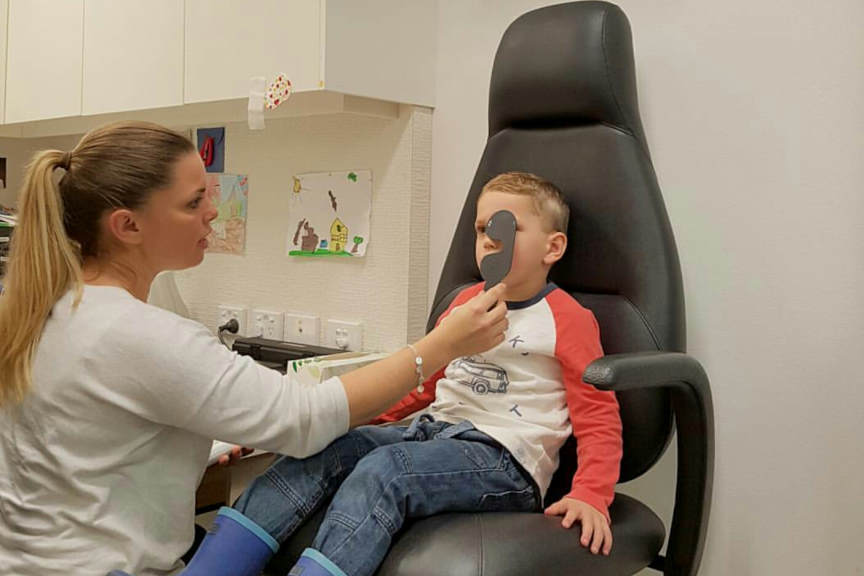NZ: ophthalmologist shortage?
As debate erupted across the Tasman about whether Australia lacked ophthalmology training positions or had a regional distribution problem, Dr Michael Merriman, RANZCO’s New Zealand qualification and education committee chair, was undertaking his own research into New Zealand’s ophthalmologist needs.
Speaking at the RANZCO NZ Branch meeting, Dr Merriman explained how he had written to each of the country’s 21 district Health Boards (DHBs) to discover if New Zealand was training enough ophthalmology registrars, and how this data stacked up against Health Workforce New Zealand’s (HWNZ’s) data for ophthalmology.
In 2013, recognising New Zealand was not training and retaining enough ophthalmologists to meet the population’s needs, RANZCO’s NZ training programme was increased with the aim of producing 80 new ophthalmologists between 2013 and 2025; compared to 58 in the 12 years prior to 2013, 18 of which left to work overseas. From 2007 to 2017, HWNZ registered 60 new ophthalmologists, of which eight left the country. Of these, 34 were New Zealand post-graduated trained ophthalmologists, so 26 were imported from overseas. Given the 87% retention rate, however - deemed to be ‘good’ by HWNZ - most who work in New Zealand or come to work in New Zealand tend to stay here.
But when Dr Merriman contacted the DHBs last year, he discovered that there were 10 urgent ophthalmologist vacancies across the country, and 34 predicted over the next six years. With our current rate of producing about 6 to 7 new ophthalmologists a year, that gives a shortfall of about 8-9, said Dr Merriman. “So, immediately we knew we’re not producing enough ophthalmologists to cover what the DHBs recognise are needed over the next six years.”
There is, however, a significant and growing increase in the number of ophthalmology roles that are now being done by others in the health service, said Dr Merriman, particularly nurses (especially in Auckland), but also optometrists in different parts of the country. But that is still not going to plug the significant and growing shortfall of ophthalmologists, according to HWNZ’s data, he said.
In another RANZCO-initiated survey, 84% of ophthalmologists work in the public sector in New Zealand, compared with 67% in Australia. Australia also has a higher percentage of ophthalmologists compared with New Zealand, equating to 12 hours of ophthalmology work per 10,000 people compared with New Zealand’s 10 hours per 10,000.
Given all this data and given the increasing age of our population, HWNZ has realised the number of ophthalmologists in New Zealand, especially outside of Auckland and the other main centres, is becoming something of a crisis, said Dr Merriman. HWNZ now estimates the country needs 11 ophthalmologists joining the ranks each year, compared to the 6 to 7 currently being produced, leaving a significant number to import. So, this needs to be addressed, said Dr Merriman. “We also need to select well; we need to select ophthalmologists for training who are going to stay in New Zealand, and we need to address workforce distribution… and we all need to be more involved in training and retaining our ophthalmologists in New Zealand.”
Training in the regions
In December 2011, RANZCO NZ began to introduce peripheral training centres to encourage more ophthalmology fellows to consider roles outside the main centres when they qualified. Registrar Dr Dennis Wong, spoke highly of his time in Rotorua last year and, on behalf of RANZCO NZ, surveyed other registrars anonymously to see what their experiences of the new peripheral training centres were. He shared his findings with delegates at the RANZCO NZ Branch meeting.
Of those who took part in the peripheral centres survey, 19 attended training in Tauranga, Rotorua, Hawke’s Bay, Palmerston North and/or Nelson, while 13 had opted not to train in any peripheral centre. Those who had trained in the peripheral centres said on the whole the clinical exposure, including the type of cases seen and their level of involvement in patient care and opportunities to make decisions under supervision, was good; the working conditions varied, but most said working in the peripheral centres was more relaxed than working in the main centres, with the learning opportunities being better-than-average to good. Importantly, most said they were either likely to recommend or highly-likely to recommend training in peripheral centres to others, said Dr Wong.
Key problems encountered, however, included the difficulty for partners to relocate and finding affordable rental properties for just six months and, that sometimes, the teaching was more unstructured compared with the main training centres. Suggestions to improve the peripheral training programme included a nationwide teaching programme to cater to each training area, to ensure all trainees get optimum teaching, more support for relocation and more robust feedback and communication between the College and the regional training centres.











